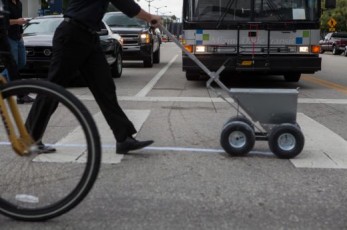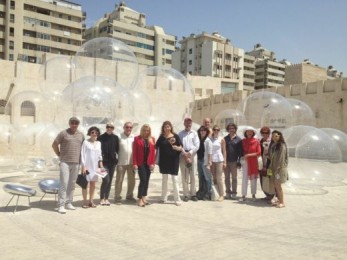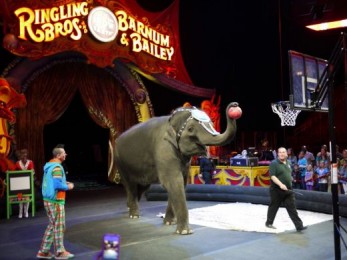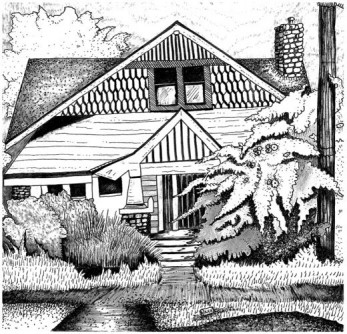Tag Archives: essays
To be of use.

Ali Baba Avenue crisscrosses Sinbad Avenue around the corner from Aladdin and Sesame Streets. Marketers shortened the Seminole name of the area, Opa-tisha-wocka-locka, to an appellation heard as vaguely eastern sounding to those buying and selling exotic make-believe. Similarly concerned that prospects crossing Scheherazade Street might stumble over too many letters, they convinced Curtiss to name it Sharazad Blvd.
The Greenhouse Affect

Miami sits near the southern tip of the Floridian peninsula, a city built atop a slab of limestone after water was rerouted and cleared from the Everglades, largely over the course of the last century. Residents have braved growing pains, real-estate busts, a political exile, and crime waves of Cocaine Cowboys lore. But apart from hurricanes, which haven’t been on the area’s radar much since Katrina, Rita and Wilma left parts of the city resembling a bar-side Jenga game in late 2005, the only attention local government pays to climate is the amount of sunny days a year it can market to tourists.
Miami’s Architecture Boom?

Long time observers of local real estate development might surely ask, “What has gotten into the masters of the universe that control the Miami skyline?” During the last boom, most projects relied on a highly refined economic model. The “vision” was frequently provided by the developer working with zoning lawyers to maximize the allowable square footage and height.
How Raw Data Double-Crossed Miami’s Artists

Writing Google bait means conquering the listicle in all of its glory and parsing through spreadsheet-data puke until your brain feels like a nickel slot machine. City rankings in particular—worst traffic, largest percentage of beautiful people, most likely to get you laid—capitalize on residents’ pride and our collective obsession with list making.
Porosity and the Pérez Art Museum Miami

In a city whose elevation averages only six feet, Apollonian verticality in architecture is confronted with the horizontal or the Dionysian. Stillness and timelessness are lacerated by accelerated gasps in movements of goods and services.
The Storytellers of Harsh Terrain

In July of the year 1900, fisherman John “Old Man” Gomez succumbed to the Florida swamp under mysterious circumstances. He had claimed to be born in 1778 which would have made him 122. The circumstances surrounding his death and his purported age were both indicative of the way Old Man Gomez lived his life. No one really knew the truth about anything he said. As the unofficial patron saint of the Everglades, Marjory Stoneman Douglas said in her landmark tome, River of Grass, that Gomez was known for “tales impossible to substantiate.”
Bubbles in Paradise? Stay Tuned.
QATAR, DUBAI, ABU DHABI, SHARJAH

Fly into Dubai and even post-recession 2008 the glitz and the gold are still there as billed. The red-bull energy that shot up the tallest building in the world, an all-missions-possible airport, and a mall that has made shopping a natural resource, is still filling five-star hotels, stocking three-star restaurants and erecting corporate verticals.
Do You Really Want to See Eight Motorcycles in the Globe of Steel?

Magical times have perhaps waned, and hopes for a real dragon would be absurd, but the children need some sort of payoff. The circus is in town. Specifically, Ringling Bros. and Barnum & Bailey presents “Dragons.”
Geoff Dyer

With last year’s publication of Zona, his book on Andrei Tarkovsky’s Stalker, Geoff Dyer has further established himself as someone who can write about just anything. His subjects have included the Venice Biennale, Jacques Henri Lartigue, Burning Man, and World War I statuary. Here, he talks to Hunter Braithwaite about boredom, a writer’s youth, and “inhaling the dead.”
General Practice

There’s a large two-story house just north of 36th Street on the borders of Little Haiti and the Design District painted Port-Au-Prince baby blue and surrounded by unruly bougainvillea, morning glory vines, and empty cognac bottles. The downstairs has been claustrophobic since the windows were covered with concrete; the wood floors have gone scuffed and scratched and a steep, groaning staircase leads to the rooms on the second floor.
